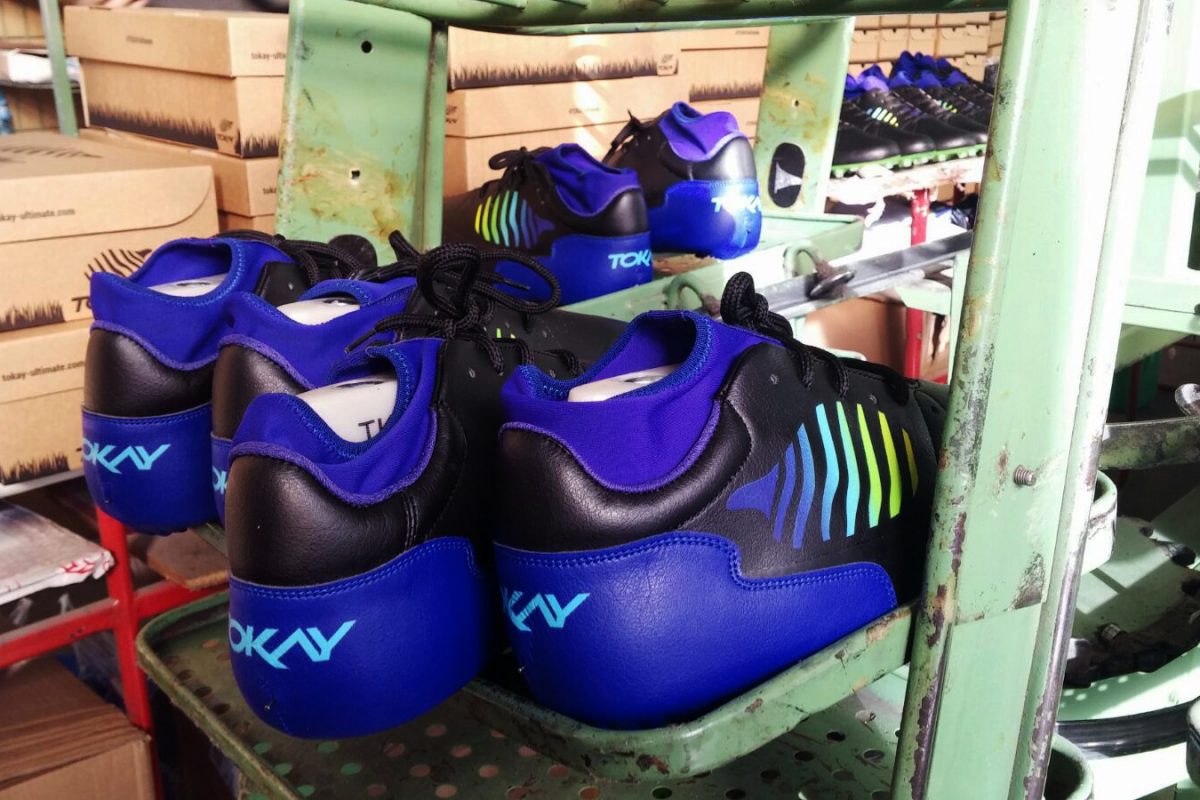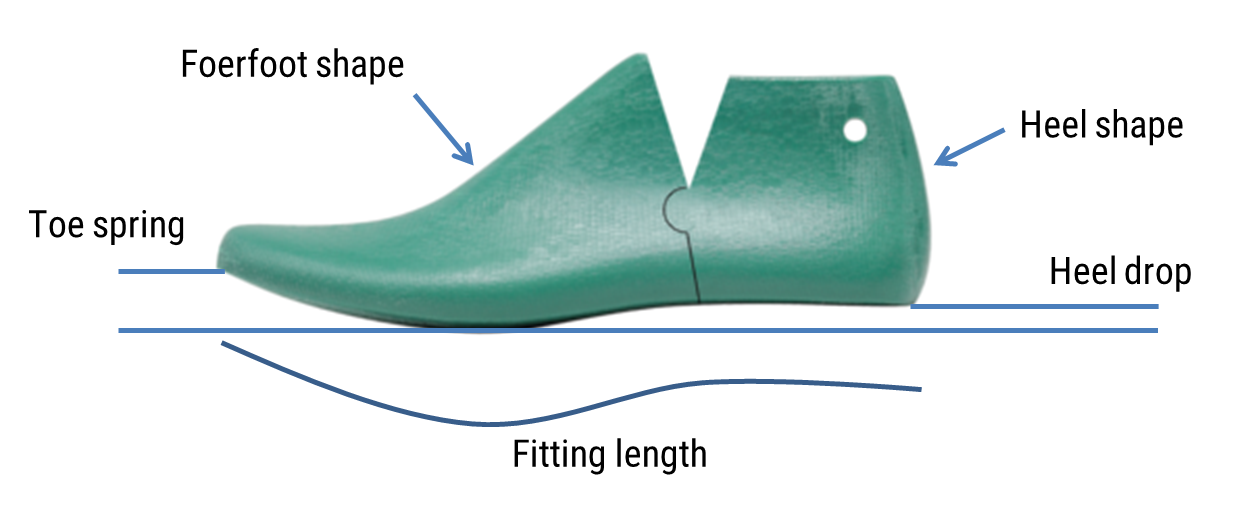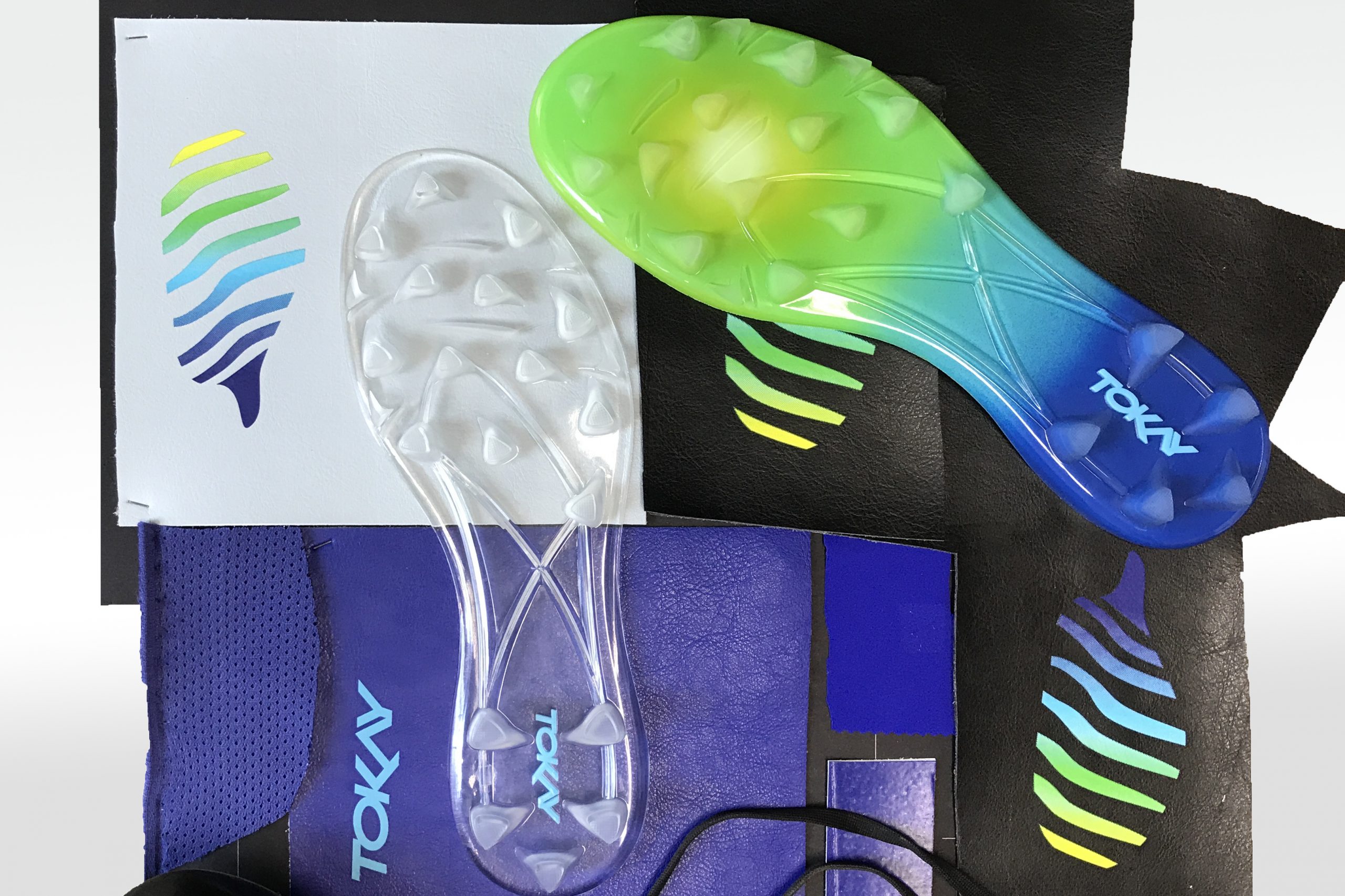Everything you didn’t know about your shoes

Shoes are everywhere, and we tend to see them now as a quite common product. Still, if we have a closer look, we can see that they have to fulfill many functions such as: dress, protect (from weather, impacts…), be the interface with the ground and other specific features depending on each case. All this while remaining light, durable, and comfortable…
That might be worth a closer look…
Requirements
In itself, the study of the needs is a huge work, it will determine all the technical and fashion aspects of the future product.
In ultimate frisbee for example, technical needs will be to resist to the inner forces during cuts (mainly), ensure a good grip without disturbing some other movements, be breathable but water resistant… To identify and prioritize these functions, we do a lot of video analysis, during games, and then by filming specific movements.
Some elements (such as weight, comfort…) are identified as specifically performance ones, and will help us to evaluate the design ideas, to choose one.
Shoes being one of the most iconic fashion elements, it would be unreal to think that a pair of cleats is only chosen on its technical characteristics. The trendborad is here to guide the designer into his choices.
The design of a shoe is hence a clever mix of all these elements, which will help the team into the choice of the general looking of the shoe, the construction (see below), materials, colors…
The price is of course a results of all these choices, and in particular: the upper complexity, materials, but also the number of model and sizes proposed.
Each brand develops its prototypes in one size. Then the production will proportionally change the dimensions to develop the other sizes. At TOKAY, every prototype are developed in size 7.5UK, my feet size 😉
Last
The last is the shape on which the shoes will be made, it determines their inner shape.
To make a last, the shaper uses a standard foot shape, to which he will add or remove some material to obtain the properties he desires. For example, to provide more agility with the ball, soccer shoes lasts tend to be narrowed.
Shapes depend on many parameters:

The making of a last is a subtle mix of art and science, and require a lot of experience.
Once the wooden last has been validated, it is scanned and a plastic copy is made for production.
Upper
The upper is the fabric or leather part on the top of the shoes. Often made of many parts from varying materials, its manufacturing can require up to 70% of the overall production time of the shoes.
Last years, with the decreasing of the workforce cost in Asia, brands tended to increase the complexity of this part, adding more kinds of materials and more operations (just have a look to your running shoes). In addition the environmental impact due to some materials, the complex shapes of the parts often implies a lot of wastes.
It is also in that step that are added the reinforcements, mainly in the heel, that allow a good foot support.

Once the prototype is validated, each part is drawn on 2D in the reference size, and then proportionally modified to produce the other sizes.
Outsoles
The ousole is the main investment in a shoes project, since in implies molds (mainly a big machined aluminum bloc) for each size. Its design is a big step for the project.
The outsole is mainly responsible of the interface between the foot and the ground and will determine your grip. But it also provides support to your feet, for example a rigid outsole will give good results for fast sprints, a thin sole will be used for agility, while a wide one will be preferred for stability.
Equipments
Last but not least: the accessories, mainly shoelaces and insoles that have an impact on the overall quality of the product.
In particular, the insole can provide different functions such as cushion or choc absorption, foot support also, etc…
Conclusion
To facilitate all this, every steps are interdependent… it was lucky that I had no Idea about how complicated it would be, or else I would have never started!
This article is also a good opportunity to thank all the people that took the time to explain me all these details, a special thanks to Patrick and Antoine that accepted to follow me into this project!